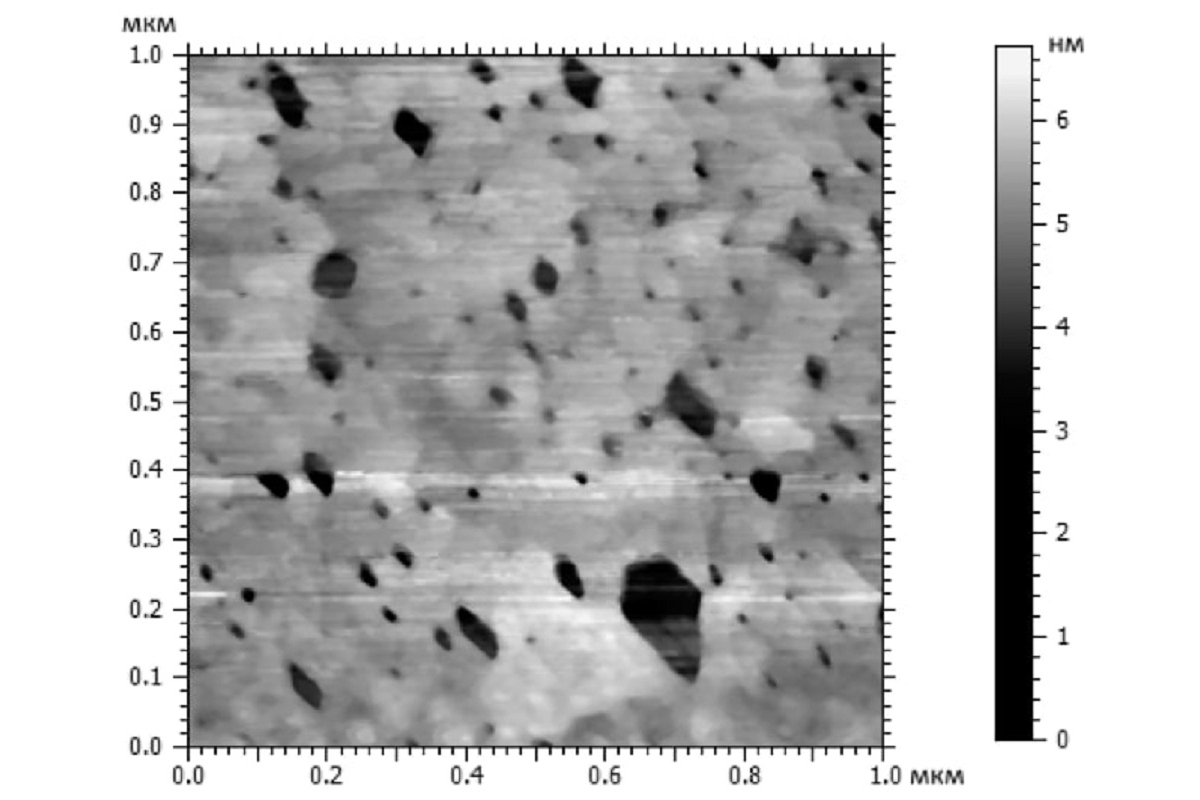Physicists from St Petersburg University are the first in Russia to patent a device for producing silicene, a promising nanomaterial for microelectronics
Scientists from St Petersburg University are the first to develop and patent a device for producing silicene with an improved crystal structure. The first such development in Russia may be promising for post-silicon microelectronics of the future.

In recent years, there has been extensive research into materials that could replace expensive crystalline silicon in microelectronic devices. Such materials are designed to improve the performance and reduce power consumption of various electronic devices, from mobile phones to computers.
The device developed by St Petersburg University researchers to produce silicene has been registered as a utility model with the Federal Service for Intellectual Property.
One of the materials suitable for this purpose is graphene, a monolayer of carbon atoms arranged in the nodes of hexagonal cells. The silicon analogue of graphene is silicene, a material with the same crystal structure, but consisting of silicon atoms instead of carbon. In silicene, the atoms are arranged in one layer of hexagons resembling a bee honeycomb.
Employees of the Resource Centre for Physical Methods of Surface Investigation of the St Petersburg University Research Park together with employees of the Department of Solid State Electronics of the University have developed a technology for producing monolayer silicene and patented it.
‘For the first time, we have developed and patented a device for producing silicene. The technology is unique in that it makes it possible to produce monolayer silicene. Our development differs from analogues by the increased size of nanocrystalline domains, reaching 100 nm by 100 nm,’ said Aleksei Komolov, a co-author of the research, Professor in the Department of Solid State Electronics at St Petersburg University.
St Petersburg University, the oldest university in Russia, was founded on 28 January (8 February) 1724. This is the day when Peter the Great issued a decree establishing the University and the Russian Academy of Sciences. Today, St Petersburg University is an internationally recognised centre for education, research and culture. In 2024, St Petersburg University will celebrate its 300th anniversary.
The plan of events during the celebration of the anniversary of the University was approved at the meeting of the Organising Committee for the celebration of St Petersburg University’s 300th anniversary. The meeting was chaired by Dmitry Chernyshenko, Deputy Prime Minister of the Russian Federation. Among the events are: the naming of a minor planet in honour of St Petersburg University; the issuance of bank cards with a special design; the creation of postage stamps dedicated to the history of the oldest university in Russia; and the branding of the aircraft of the Rossiya Airlines to name just a few.
Silicene has been synthesised by molecular beam epitaxy, a process based on thermal sublimation (sputtering) of the starting material. An atomic or molecular beam of atomised material is directed onto the surface of the substrate, where the material particles are deposited and form a thin film layer. The process itself takes place in a vacuum to provide cleaner and unobstructed conditions for film formation.
The scientists from St Petersburg University applied an atomic flux of silicon to a tungsten substrate heated to 200 °C with a silver layer previously deposited by molecular beam epitaxy. As a result of the migration of silicon atoms on the surface of the heated substrate, the physicists were able to obtain monolayer silicene, with large crystalline domains of silicene being formed due to the structural parameters of the silver layer. The work on the synthesis of silicene was carried out using the resources of the St Petersburg University Research Park on the equipment of the Resource Centre for Physical Methods of Surface Investigation.

